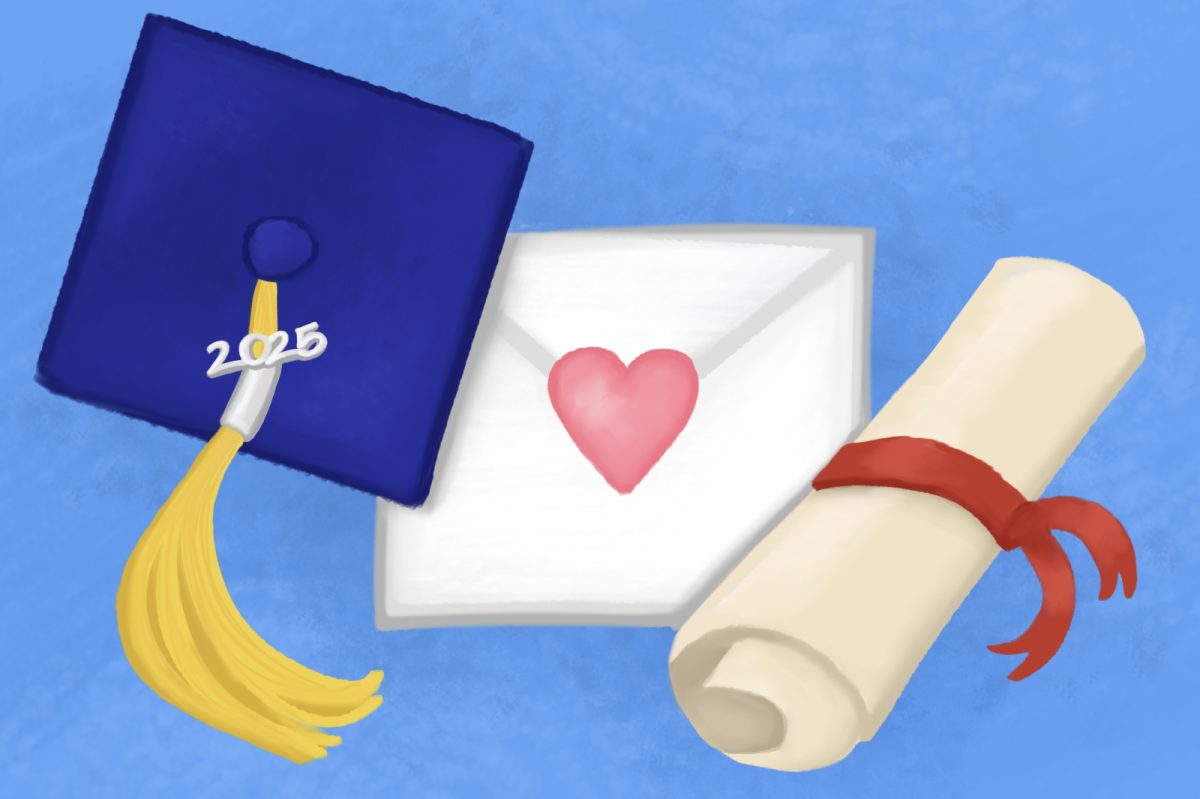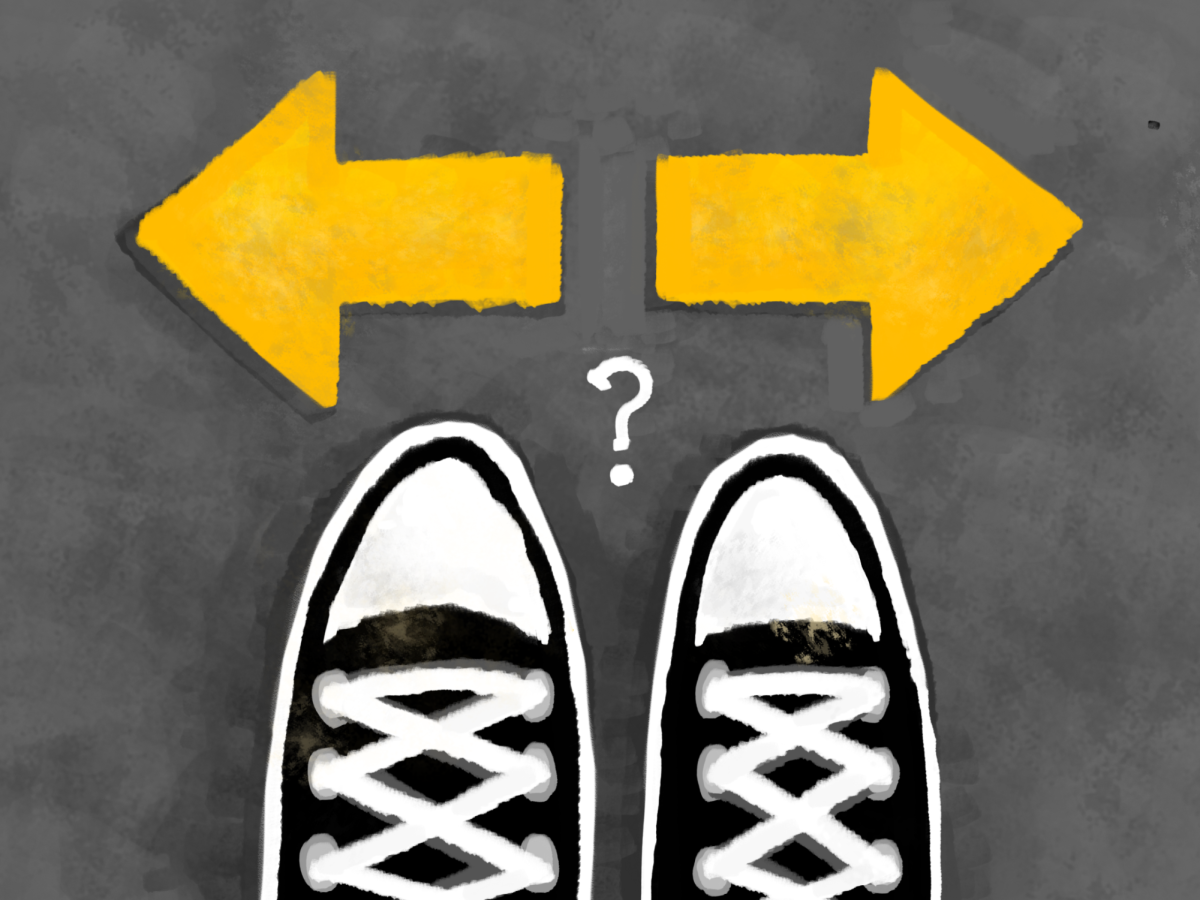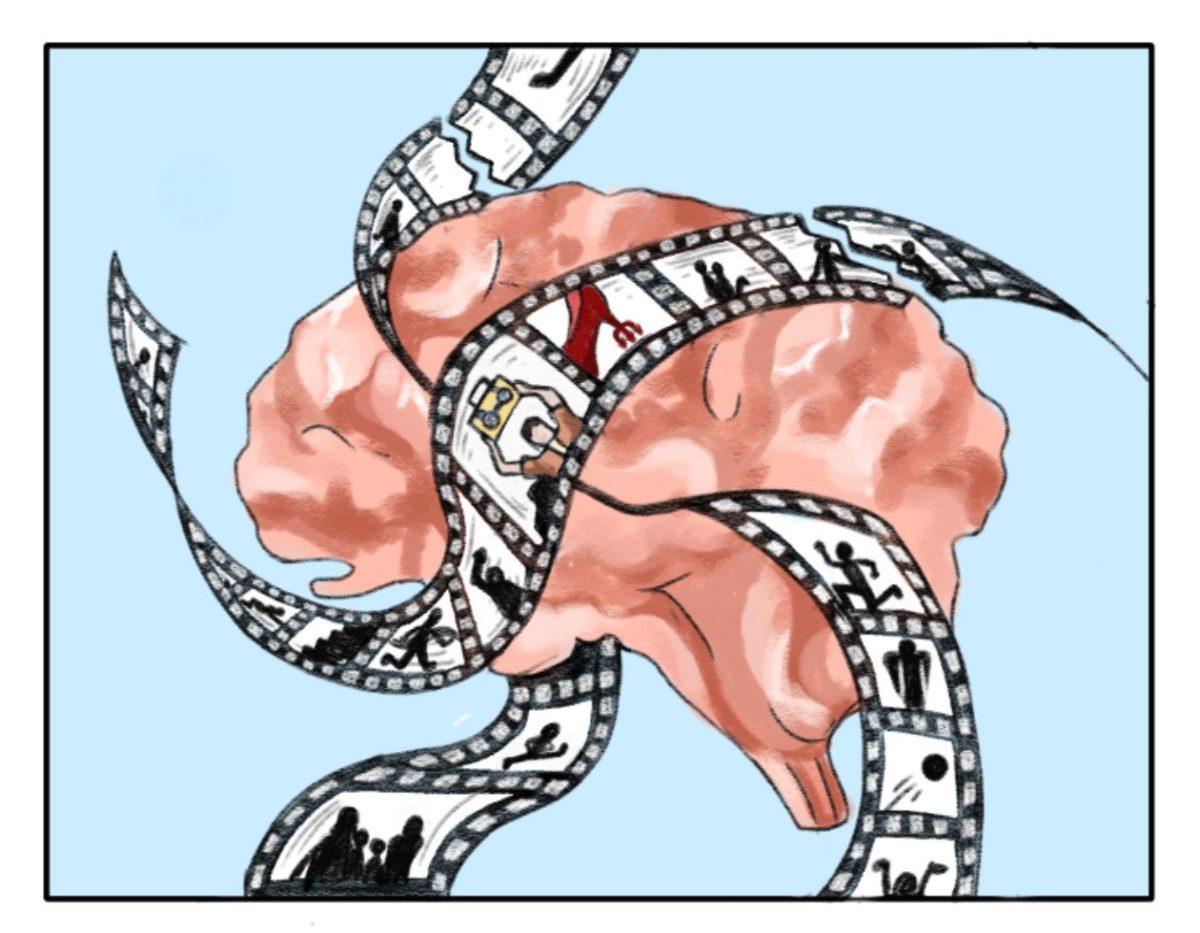
“I pledge allegiance to the Flag of the United States of America, and to the Republic for which it stands, one Nation under God, indivisible, with liberty and justice for all.”
It takes less than ten seconds to recite, yet students still chatter away, the loud din of their voices smothering the words that flow out of the loudspeakers.
In elementary school, we started school every day saluting the flag, reciting the pledge, and then singing the national anthem. It was as standard as replying “here” when our names were called for attendance. Somewhere along the line, the national anthem disappeared from our morning routine followed by a diminished regard for the Pledge of Allegiance. Now, we would rather use those ten seconds to refresh our Instagram feeds or cram for an impending test.
However, the pledge should not be viewed as a tedious act that we can simply gloss over. It represents so much more. It represents the world’s first modern democracy. It represents “liberty and justice for all” and those who have fought to preserve those ideals.
Originally, reciting the pledge was treated as a privilege. A reaction to the precarious peace that existed just 30 years after the Civil War, the pledge was written in 1892 by Francis Bellamy and published in a magazine named Youth’s Companion. It quickly gained popularity. According to a CNN article, people began to recite it wherever they could: Congress, school, sporting events, campgrounds, public gatherings, you name it. Americans were proud to show their loyalty to their nation.
Americans were also proud that they were lucky enough to live in a country with democratic ideals and free speech. The pledge represents all that our founding fathers, our veterans, and our current military have sacrificed their lives for. This freedom of speech that permits students to ignore the pledge is the very reason why we shouldn’t. The 10 seconds between second and third period is an opportunity for students to reflect upon their roles as American citizens.
Some may claim that it isn’t the job of the school system to thrust a sense of patriotism into each and every student. Those veering on the extreme side of the spectrum even claim that the pledge is a jingoist act. And that’s fine. Everyone is entitled to his and her own opinion; we are all fortunate enough to live in a country that revolves around free speech and democracy.
However, freedom of speech is not synonymous with laziness or disrespect. If your personal beliefs don’t correlate with the ideals of our nation, you are free to stand silently. In late August, Colin Kaepernick, quarterback for the 49ers, started kneeling during the national anthem to protest police brutality against African Americans. In an interview with ESPN, he kept reiterating that his actions were not intended to “take away from the military [or] from pride in our country but keep the focus on what the issues really are.” Those who choose not to participate in the Pledge of Allegiance need to reevaluate their motives and recognize if they are acting out of thoughtful dissent or mindless indifference.
For the most part, however, students at South that do not stand up for the pledge are doing so because of the latter purpose. In many ways, the pledge is comparable to those words that teachers throw in after the bell rings: Some students care enough to stop packing up and listen, but most don’t. And doing so isn’t fair for those who genuinely do care.
So students, stop packing up or furiously doing that last minute homework for ten seconds. Instead, stand up and use that brief moment to consider and appreciate the pledge and all that it embodies. And as for teachers, refrain from cramming in those last bits of information about independent clauses, diatomic gases, or the Gilded Age. Instead, set an example by encouraging students to exhibit the same reverence toward our national pledge. After all, it’s not just an act we can gloss over.













